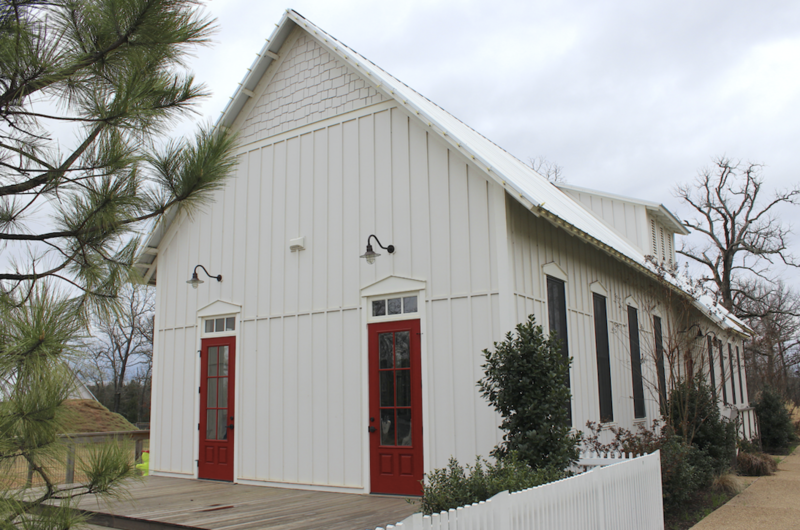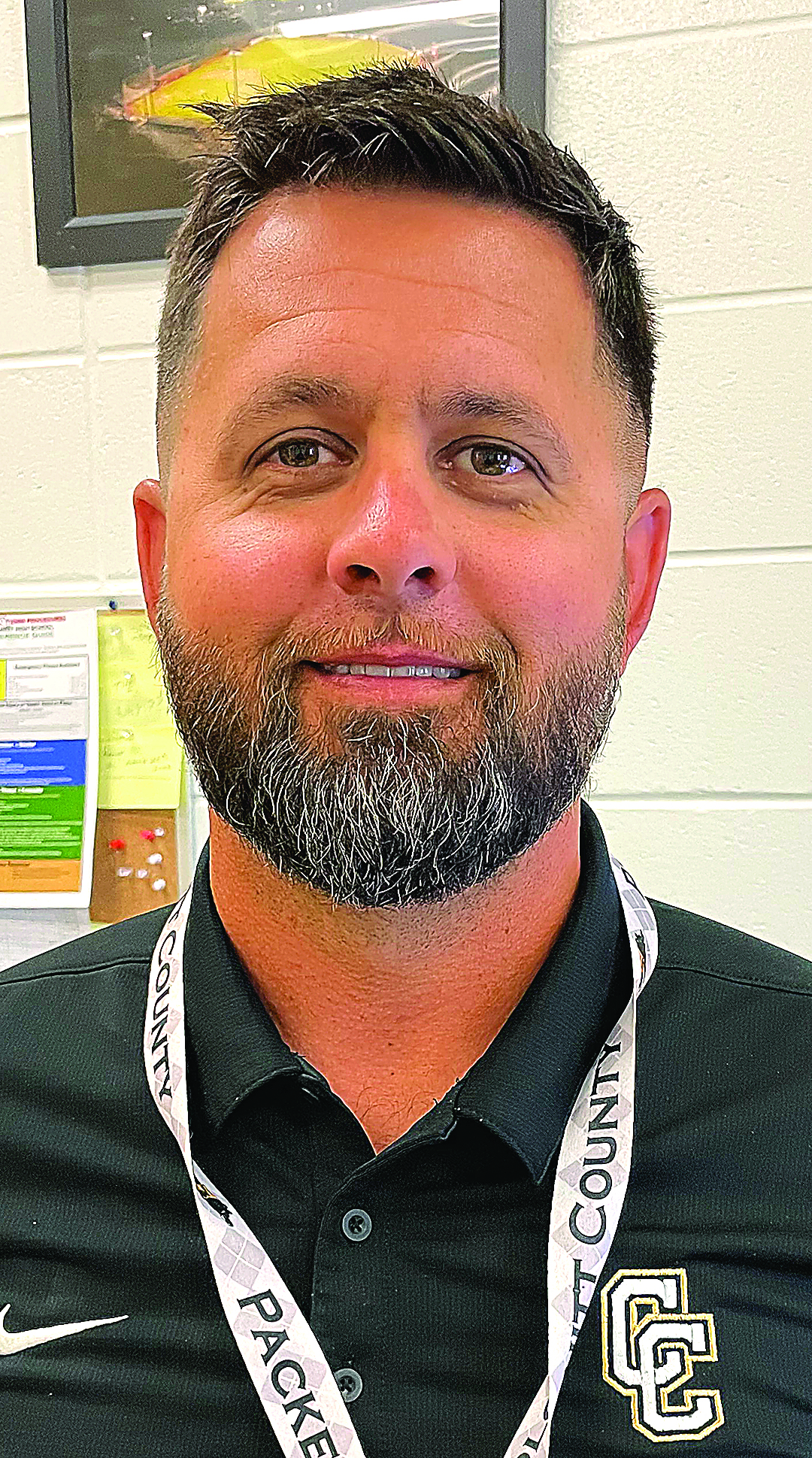Charter school growth in rural Oklahoma stirs new ambitions, worries
Published 4:10 pm Wednesday, March 16, 2016

- Real estate developer Grant Humphreys wants to stop operating Carlton Landing Academy, located on the shores of Lake Eufaula, as a private school and reopen it as a public charter school.
CARLTON LANDING, Okla. — A proposed charter school in an Oklahoma lakeside resort community would mark the state’s first expansion of public charters into rural areas under a new law allowing for their presence statewide, school officials say.
The proposal to bring a public charter school to the tiny town of Carlton Landing, Oklahoma, an affluent community on Lake Eufaula, comes amid a climate of rapid expansion in the charter school sector.
Trending
In February, proposals surfaced to add charter school sites within Oklahoma City Public Schools, the state’s largest school district. Tulsa is sponsoring three new charter schools, all of which have a college prep focus.
As of Oct. 1, charter schools enrolled 19,893 students in the state, according to the Oklahoma Department of Education. About half the students are in online charter schools.
The surge in plans for charter schools, which are publicly funded schools allowed to operate under fewer requirements than district schools, is being driven by several factors. For non-urban areas, it is a change in state law in 2015 that for the first time permits charter schools sponsored by school districts to open in areas outside of Oklahoma City and Tulsa.
The expansion sought in Oklahoma City is due in large part to the strong enrollment growth in some of the city’s highest-profile charter schools: Santa Fe South Schools, the city’s largest charter school system; John Rex Charter Elementary downtown, and KIPP Reach College Preparatory in the northeast area.
Chris Brewster, superintendent of Santa Fe South school district, said the proposal is about giving options to parents.
“High-quality options can be traditional public schools, magnet schools, charter schools. The goal is to be part of the solution … to make sure every student in Oklahoma City has a great place to attend,” he said.
Trending
However, the trend worries district school leaders and parent and teacher groups, who say charter school growth will erode state and local financial support of district schools, which must teach the most impoverished and challenging students.
Rural expansion and requirements
Nationwide, student enrollment in public charters has grown by 62 percent over five years; 45 districts have charter-school enrollment of 20 percent or more. Thirteen percent of students in Oklahoma City Public Schools now attend a charter, according to an analysis by the National Alliance for Public Charter Schools.
However, it’s unclear whether the charter growth will continue at the same pace during the next several years.
Although charter schools have become attractive alternatives in parts of urban areas, expansion in rural communities could prove more difficult because of sparser populations and the presence of many small districts. Also, when the Legislature opened the door last year for expansion beyond the largest cities, it also toughened the school application process. An application now must include a detailed start-up plan, a financial plan and plans for serving students with disabilities, English language learners and academically struggling students.
Charter schools already must maintain state accreditation and be accountable to their sponsors, most of which are school districts or universities. They remain exempt from many state regulations, such as minimum teacher pay and teacher certification and tenure.
The new law also makes it easier for the state to close underperforming charters.
Nevertheless, there are signs of mounting interest.
Twice a year, the state Education Department holds a training session for anyone interested in the regulations and procedures for establishing a charter school. At the most recent one on March 1, about 30 people attended, department officials said.
Among the attendees were several representatives from charter-school groups in other states who are seeking sponsors for new schools in Oklahoma, said Bill Weldon, interim superintendent at Seminole Public Schools. He attended the session because he has heard there is an effort in his community to establish a charter school.
“It was more or less a defense mechanism,” he said of his attendance.
Weldon said his district is trying to survive potentially drastic state funding cuts to schools. He worries if a charter opens in his area, it would attract Seminole district students and his enrollment would drop.
“We’re all in survival mode in public schools right now anyway, with budget cuts and trying to make the best of it,” he said.
Tensions over school
Real estate developer and founder of Carlton Landing Grant Humphreys has a deep motivation for pursuing a charter school for the town. Humphreys, the son of a former Oklahoma City mayor, moved to Carlton Landing five years ago where he lives with his wife and five children. All of his children attend the school and his vision for the picturesque community includes numerous amenities, with a thriving school as a cornerstone.
The location of the proposed charter now operates as Carlton Landing Academy, a private school, and has also been a magnet school for the Canadian Public Schools district. It has 20 students.
While state law prohibits a private school from contracting with a charter school, the applicant in this case is a new non-profit. The private school plans to close in June, and the new charter would open in August.
In its application, Carlton Landing Academy proposes a unique school calendar based on six six-week sessions and a nature-centric curriculum that includes an “edible schoolyard,” teaching gardening and cooking along with core subjects like English and math.
Grant Humphreys said the charter is poised to be a model for educational excellence in rural Oklahoma.
“We think it will bring more people to this part of the state as full-time residents,” Humphreys said. “But we also think it’s something that could attract people into Carlton Landing Academy from surrounding districts.”
But Humphreys’ proposal doesn’t sit well with everyone in this scenic patch of the state.
Echoing concerns of other superintendents, Canadian Superintendent Rodney Karch said he worries that the Carlton Landing charter would siphon off students from his district – and the public funding that comes with them.
“If they eventually pull 25 or 30 of our kids to come out there, they do all right, but we get hurt,” said Karch, whose district is a 10-mile drive west of Carlton Landing.
In cities across the country, parents and school officials alike have pushed against the spread and development of charter schools, marking them, like Karch, as drains for public school funding while schools face strained resources and cuts in recent years.
Karch is struggling to cope with state-mandated budget cuts that reduced allocations to schools. After the state declared a second revenue failure March 3, Canadian shortened its current school year by nine days to save money.
Losing just 30 students to the new charter could prove devastating, Karch said.
Carlton Landing Academy projects an enrollment of 50 students its first year, growing to 150 in five years. While the school is convenient for Carlton Landing residents, enrollment will be open to any student in its attendance area.
On March 1, the Canadian Public Schools board held a lengthy discussion on whether to sponsor the charter school. It was approved 4-1 over Karch’s objections.
Board President Orda Selph said they worried if they rejected the proposal, the charter would appeal and the state Board of Education would sponsor it anyway.
“I felt like they were going to get their school no matter what. And if we had some input, maybe it would be better on us,” he said.
The next step is for the school board to consider a contract with the charter, which could happen at its April meeting.
“Any way you figure it, it’s going to hurt us,” Karch said. “But the laws are what they are.”
Humphreys holds a different view.
“In rural Oklahoma, I think what people want is, they want options,” he said.
Palmer writes for the Oklahoma Watch.





